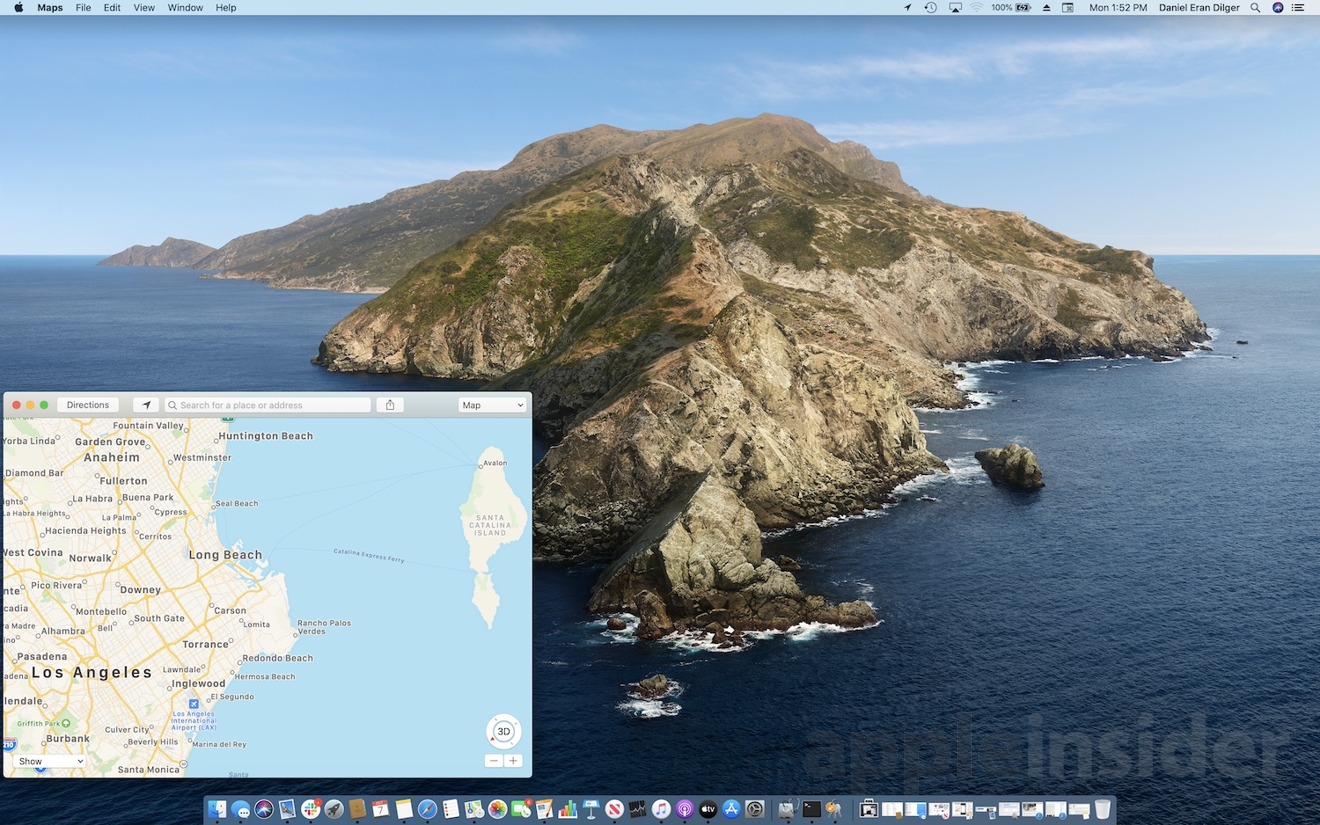This content has been archived, and is no longer maintained by Indiana University. Information here may no longer be accurate, and links may no longer be available or reliable.
Note: This document is primarily concerned witholder systems and text files, and does not factor in Unicode or wordprocessed files.
Traditionally, Unix and Mac OS differ in theformat in which they store text files. Mac OS places a carriagereturn character at the end of each line of a text file, but Unix usesa line feed character. Some Unix applications won't recognize thecarriage returns added by Mac OS, and will display a file as a singleline, interspersed with Ctrl-m characters. This appearson the screen as ^M. Similarly, some Mac OS applicationsneed to see carriage return characters at the ends of lines, and maytreat Unix-format files as one long line.
Classic Mac OS had to die Classic Mac OS—the Mac operating system before OS X—was built on a shaky foundation. As revolutionary as the original Mac was, it was also an early-1980s project that. The first release of the new OS — Mac OS X Server 1.0 — used a modified version of the Mac OS GUI, but all client versions starting with Mac OS X Developer Preview 3 used a new theme known as Aqua. Aqua was a substantial departure from the Mac OS 9 interface, which had evolved with little change from that of the original Macintosh operating.
Authy Powered by Twilio. Build 2FA into your applications with Twilio APIs. Learn more about 2FA API Access the Dashboard. Last app update has reduced usability One of the biggest issues since the last update to 4.4.0 is the window sizing on a 13-inch MacBook Air. When the display settings are set to scaled to 1152x720 resolution, it's impossible to adjust the size of the application window so it's entirely in view and all buttons can be accessed.
In Mac OS X, the situation is more complicated. BecauseMac OS X is a meld of Unix and the older Mac OS, in some cases textfiles have carriage returns and in others they have line feeds. Forthe most part, classic applications still require text files to havecarriage returns, while the command-line Unix utilities require linefeeds. Mac OS X-native applications are usually capable ofinterpreting both.
There are many ways to resolve the differences in format. In thisdocument you will find instructions on how to use the Unix commandline utilities tr, awk, and Perl todo the conversion. From Mac OS X, each can be accessed from theTerminal application.

tr
The Unix program tr is used to translatebetween two sets of characters. Characters specified in one set areconverted to the matching character in the second set. Thus, toconvert the Ctrl-m of a Mac OS text file to the line feed(Ctrl-j) of a Unix text file, at the Unix command line,enter:
Here, r and n are special escapesequences that tr interprets as Ctrl-m (acarriage return) and Ctrl-j (a line feed), respectively.Thus, to convert a Unix text file to a Mac OS text file, enter:
Note: The escape sequences must be surrounded bysingle quotation marks for these commands to work.
awk

To use awk to convert a Mac OS file to Unix, at theUnix prompt, enter:
To convert a Unix file to Mac OS using awk, at thecommand line, enter:
On some systems, the version of awk may be old and notinclude the function gsub. If so, try the same command,but replace awk with gawk ornawk.
Perl
To convert a Mac OS text file to a Unix text file usingPerl, at the Unix shell prompt, enter:
To convert from a Unix text file to a Mac OS text file with Perl,at the Unix shell prompt, enter:
D Factor Mac Os X
Note: You must use single quotation marks ineither command line. This prevents your shell from trying to evaluateanything inside the quotation marks. At Indiana University, Perl isinstalled on all UITS shared central Unix systems.